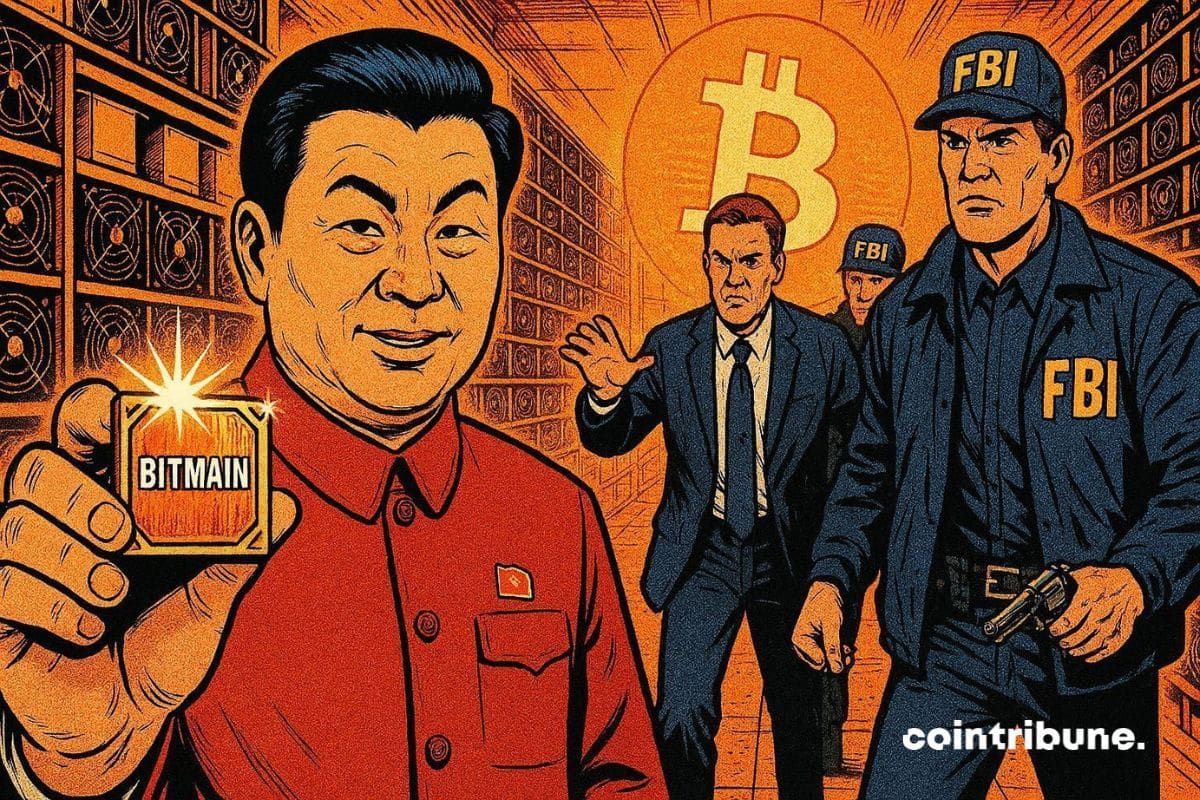Hong Kong chamber of commerce calls for yuan stablecoin issuance in budget suggestions
Quick Take: The Hong Kong General Chamber of Commerce urges the government to embrace Chinese yuan-linked stablecoin issuance and a virtual asset scheme in the upcoming budget.
The HKGCC said in a statement on Tuesday that the business organization urges the government to consider allowing the issuance of yuan-linked stablecoins or stablecoins backed by a basket of various fiat currencies, including the yuan, Hong Kong dollar, or U.S. dollar.
The organization also called on the government to explore the possibility of a “Virtual Asset Connect Scheme,” initially with a daily limit of around HK$20 billion ($2.5 billion). The HKGCC did not provide further details on the scheme in its proposal.
The suggestions from the HKGCC come as the Financial Secretary is scheduled to deliver the budget address later this month. “A key focus of the submission is dedicated to retaining and attracting talent and businesses,” the HKGCC said in the statement. “This is crucial to enhance Hong Kong’s overall operating environment and ease the acute manpower shortages.”
In December, the Hong Kong Monetary Authority said in a joint consultation paper with the Financial Services and the Treasury Bureau that a stablecoin issuer would be required to obtain a license from the authorities “if it issues a stablecoin that references the value of one or more fiat currencies in Hong Kong.” The two-month consultation is set to end at the end of this month.
Christopher Hui, Secretary for Financial Services and the Treasury, wrote in a blog post last week that the HKMA plans to introduce a sandbox to explore stablecoin issuance with key industry players in the region.
Eddie Yue, chief executive of the HKMA, said in December that stablecoins could become the interface between traditional finance and the virtual asset market.
“In a scenario where stablecoins become one of the preferred payment options by the general public, we should reasonably expect further integration between the digital payment ecosystem and the real economy, and whether the stablecoin is indeed ‘stable’ will then become ever more important,” Yue added.
Disclaimer: The content of this article solely reflects the author's opinion and does not represent the platform in any capacity. This article is not intended to serve as a reference for making investment decisions.
You may also like
Deconstructing DAT: Beyond mNAV, How to Identify "Real vs. Fake HODLing"?
There is only one iron rule for investing in DAT: ignore premium bubbles and only invest in those with a genuine flywheel of continuously increasing "crypto per share."

Empowered by AI Avatars, How Does TwinX Create Immersive Interaction and a Value Closed Loop?
1. **Challenges in the Creator Economy**: Web2 content platforms suffer from issues such as opaque algorithms, non-transparent distribution, unclear commission rates, and high costs for fan migration, making it difficult for creators to control their own data and earnings. 2. **Integration of AI and Web3**: The development of AI technology, especially AI Avatar technology, combined with Web3's exploration of the creator economy, offers new solutions aimed at breaking the control of centralized platforms and reconstructing content production and value distribution. 3. **Positioning of the TwinX Platform**: TwinX is an AI-driven Web3 short video social platform that aims to reconstruct content, interaction, and value distribution through AI avatars, immersive interactions, and a decentralized value system, enabling creators to own their data and income. 4. **Core Features of TwinX**: These include AI avatar technology, which allows creators to generate a learnable, configurable, and sustainably operable "second persona", as well as a closed-loop commercialization pathway that integrates content creation, interaction, and monetization. 5. **Web3 Characteristics**: TwinX embodies the assetization and co-governance features of Web3. It utilizes blockchain to confirm and record interactive behaviors, turning user activities into traceable assets, and enables participants to engage in platform governance through tokens, thus integrating the creator economy with community governance.

Aster CEO explains in detail the vision of Aster privacy L1 chain, reshaping the decentralized trading experience
Aster is set to launch a privacy-focused Layer 1 (L1) public chain, along with detailed plans for token empowerment, global market expansion, and liquidity strategies.

Bitcoin Under Pressure Despite Fed Optimism

